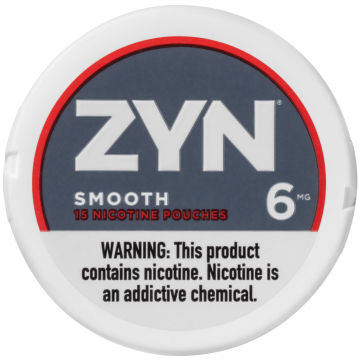The debate between Native cigarettes and commercial cigarettes is more relevant than ever as consumers become increasingly aware of what they’re putting into their bodies. While both products contain tobacco, the similarities largely end there. Native cigarettes, made from tobacco grown and produced without chemicals, fertilizers, or pesticides, offer a natural, additive-free alternative to their commercial counterparts. In this blog, we’ll explore the key differences between Native and commercial cigarettes, focusing on production methods, health implications, and environmental impact.
The Production Process: Natural vs. Industrial
One of the most significant distinctions between Native cigarettes and commercial cigarettes lies in how the tobacco is cultivated and processed.
Native Cigarettes: Native cigarettes are made from tobacco that is traditionally grown by Indigenous communities using methods passed down through generations. This tobacco is cultivated without the use of synthetic chemicals, fertilizers, or pesticides, making it a truly natural product. The process respects the environment and honors the cultural significance of tobacco within Native communities. Once harvested, the tobacco is cured and prepared without the addition of chemical additives or preservatives, resulting in a pure and unadulterated product.
Commercial Cigarettes: In contrast, commercial cigarettes are the product of large-scale industrial farming and processing. The tobacco used in these cigarettes is often grown with the aid of chemical fertilizers, pesticides, and herbicides to maximize yield and protect against pests. After harvesting, the tobacco undergoes extensive processing, during which various additives are introduced. These additives can include flavorings, preservatives, and even substances designed to enhance nicotine delivery, making the cigarettes more addictive. This industrial approach prioritizes efficiency and profitability over natural purity.
Health Implications: Additive-Free vs. Chemical-Laden
The difference in production methods between Native and commercial cigarettes has a direct impact on the health implications of smoking each type.
Native Cigarettes: Because Native cigarettes are made from tobacco that is free of chemicals and additives, they are often perceived as a healthier alternative to commercial cigarettes. While smoking any form of tobacco carries inherent risks, the absence of added chemicals in Native cigarettes means that smokers are not exposed to the additional toxins found in commercial cigarettes. This includes the absence of harmful substances like ammonia, which is used in some commercial cigarettes to increase nicotine absorption, or acetaldehyde, a byproduct of added sugars that increases the toxicity of smoke.
Commercial Cigarettes: Commercial cigarettes, on the other hand, contain a cocktail of chemicals, many of which are harmful to human health. The additives used in these cigarettes are designed to enhance flavor, extend shelf life, and increase the addictive potential of the product. However, these additives also contribute to the formation of more toxic and carcinogenic compounds when the cigarette is burned. For example, the sugars added to commercial tobacco can lead to the production of acetaldehyde, a known carcinogen. Furthermore, the chemical fertilizers and pesticides used in growing the tobacco can leave residues that are harmful when inhaled.
While no form of smoking can be considered completely safe, the cleaner, additive-free nature of Native cigarettes makes them a less harmful choice for those who choose to smoke.
Environmental Impact: Sustainable vs. Industrial
Another critical factor to consider when comparing Native cigarettes to commercial cigarettes is their respective environmental impact.
Native Cigarettes: The cultivation of tobacco for Native cigarettes is often carried out on a smaller scale using traditional farming techniques that are more sustainable and less harmful to the environment. The absence of synthetic chemicals in the growing process means that the soil, water, and surrounding ecosystems are less likely to be contaminated. Additionally, many Native tobacco farmers engage in practices that promote biodiversity and soil health, ensuring that the land remains fertile for future generations.
Commercial Cigarettes: In contrast, the large-scale industrial farming methods used to produce commercial tobacco have a significant environmental footprint. The extensive use of chemical fertilizers and pesticides can lead to soil degradation, water pollution, and harm to wildlife. Moreover, the energy-intensive processing and manufacturing of commercial cigarettes contribute to greenhouse gas emissions and other forms of environmental degradation. The packaging of commercial cigarettes, often made from non-recyclable materials, adds to the environmental burden by contributing to waste and pollution.
Cultural Significance: A Connection to Heritage
For many Indigenous communities, tobacco is more than just a plant; it is a sacred element that plays a vital role in cultural and spiritual practices. Native cigarettes are often produced with a deep respect for the cultural significance of tobacco, ensuring that the traditions and values of the community are preserved. By choosing Native cigarettes, consumers can support these communities and honor the cultural heritage associated with tobacco.
Commercial cigarettes, on the other hand, are typically produced by large corporations with little regard for the cultural or historical importance of tobacco. The focus is primarily on profit, often at the expense of both human health and the environment.













